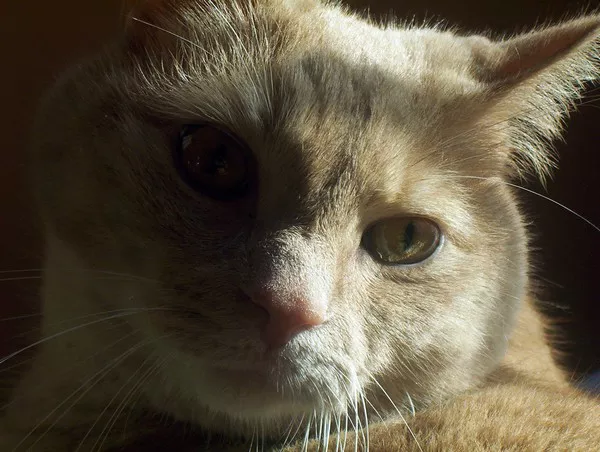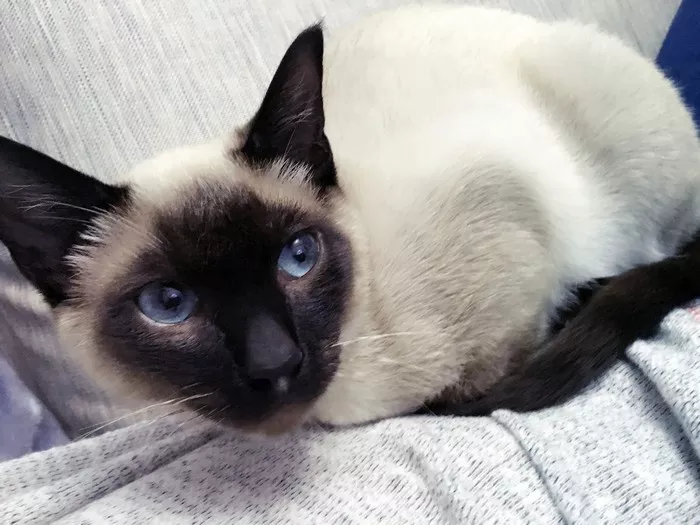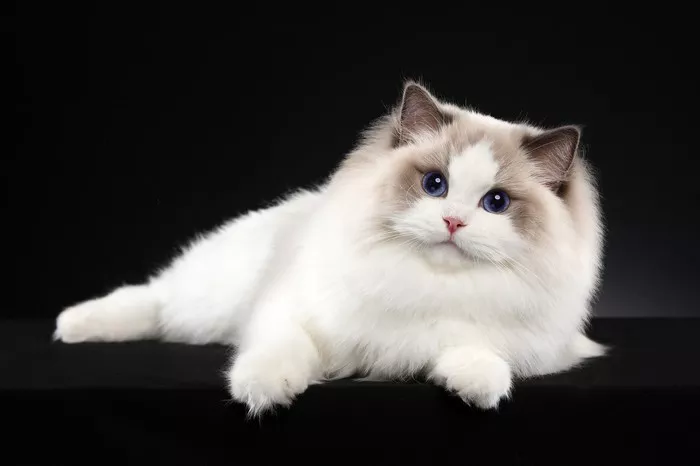Catnip, also known by its scientific name Nepeta cataria, is a well-known herb that has a captivating effect on many cats. The sight of a feline rolling, purring, and rubbing against catnip can be both amusing and endearing to cat owners. However, concerns about the potential negative effects of catnip on cats have also emerged. In this article, we will delve into the world of catnip, exploring its effects on cats, potential benefits, possible drawbacks, and how to use it safely to enhance your feline friend’s well-being.
Understanding Catnip’s Impact on Cats
1. Natural Reaction
Catnip triggers a natural response in many cats due to its active compound called nepetalactone. This compound binds to receptors in a cat’s nasal tissue and stimulates sensory neurons, resulting in behaviors like rolling, rubbing, and playful antics.
2. Not All Cats Respond
It’s important to note that not all cats are affected by catnip. Sensitivity to catnip is hereditary, and kittens and senior cats are less likely to exhibit a strong reaction.
The Benefits of Catnip
1. Enrichment and Stimulation
Catnip can provide mental and physical stimulation for cats. Offering catnip-infused toys or scratching posts can keep indoor cats engaged and prevent boredom-related behaviors.
2. Stress Reduction
The euphoric response triggered by catnip can help alleviate stress and anxiety in some cats. This can be particularly beneficial for cats undergoing changes or facing stressful situations.
Potential Drawbacks and Considerations
1. Overstimulation
While catnip is generally safe, excessive exposure can lead to overstimulation and hyperactive behavior in some cats. Monitoring your cat’s reactions and limiting exposure can help prevent this.
2. Reduced Sensitivity
Cats that are exposed to catnip frequently may develop a reduced sensitivity over time. To maintain its effectiveness, consider using catnip as an occasional treat.
Safe Usage of Catnip
1. Moderate Use
To prevent overstimulation, offer catnip in moderation. This can be as infrequently as once a week, depending on your cat’s sensitivity.
2. Supervision
Supervise your cat’s interactions with catnip-infused toys to ensure they don’t become overly excited or aggressive.
Alternatives to Catnip
1. Valerian Root
Valerian root is another herb that can elicit a similar response to catnip. Some cats that don’t respond to catnip may react positively to valerian.
2. Silver Vine
Silver vine, also known as Actinidia polygama, is another herb that can trigger playful behavior in cats. Like catnip, it can be used in toys or as a sprinkle on scratching posts.
Individual Cat Considerations
1. Sensitivity
Each cat’s sensitivity to catnip varies. Observe your cat’s reactions and adjust usage accordingly.
2. Health Conditions
If your cat has underlying health conditions, consult your veterinarian before introducing catnip or other herbs into their environment.
Making Catnip Toys
1. Homemade Toys
Creating DIY catnip toys can be a fun way to engage your cat. Sewing or stuffing fabric with catnip can create safe and enjoyable playthings.
2. Store-Bought Options
Many pet stores offer a variety of catnip-infused toys and products, allowing you to choose the ones that suit your cat’s preferences.
See Also: Best Toys For Ragdoll Cats Revealed!
Conclusion
In conclusion, catnip can be a source of entertainment, enrichment, and stress relief for many cats. While it is generally safe, it’s important to consider your cat’s individual sensitivity and use catnip in moderation to avoid overstimulation. By observing your cat’s reactions and making informed choices, you can harness the benefits of catnip to enhance your feline companion’s well-being. Remember that, like all aspects of cat care, the usage of catnip should be tailored to your cat’s unique personality and needs.
























